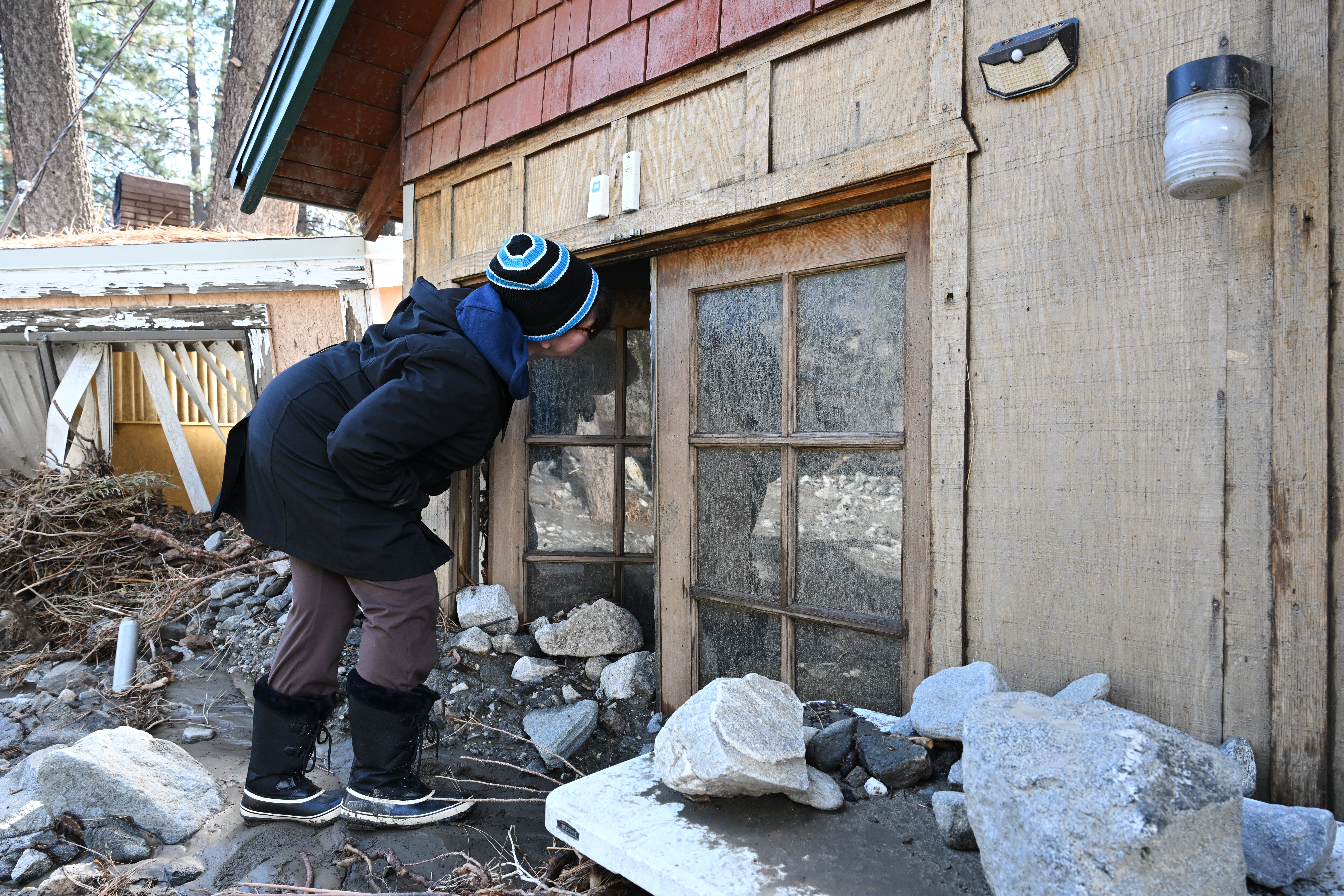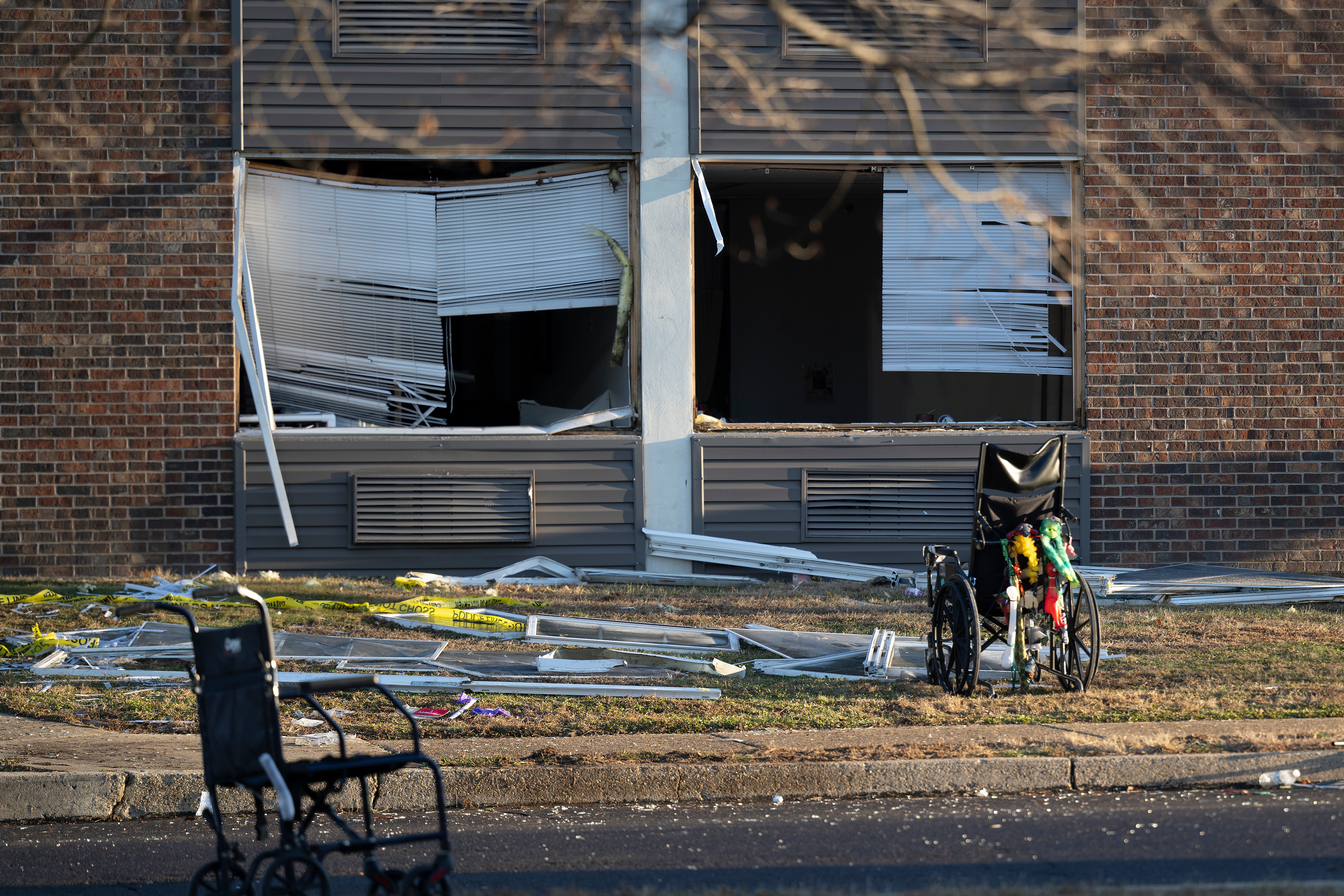Nearly three hours away from Chicago you'll find Viola, Illinois.
"It's a very small town. There's only 850 people. We have one stoplight and we have two coffee shops; we have a Dollar General and we have a Casey's and that's about it," said Autumn Kongkousonh, a junior in high school who lives in Viola.
While the less than 200-mile journey may not seem too far, Kongkousonh will tell you it's a world away.
"I'm friends with everybody in my grade," she said. "And there's only 125, so I guess that's a lot of friends."
Autumn spends most afternoons doing homework, but recently she got the opportunity to leave her small town and head to the University of Chicago.
"I got to fly by myself for the first time. I got to learn more about financial aid, which of course, is really important. I got to meet new friends," Kongkousonh said.
It's all thanks to the Small Town and Rural Student College Network, otherwise known as the STARS College Network. The purpose of the program is to help students from small town communities enroll in and graduate from college.
"It is 16 schools right now that have formed a consortium to do more, to do better by rural students," said Marjorie Betley, the executive director of the program with the University of Chicago.

FAFSA changes could make college out of reach for some families
Students could lose thousands of dollars in need-based financial aid after Congress made changes to streamline FAFSA.
The program was started by the University of Chicago and a $20 million gift. Betley explains that these 16 universities see a significant gap in the number of high school students from rural America who are exposed to collegiate opportunities.
The network includes: Brown University, California Institute of Technology, Case Western Reserve University, Colby College, Columbia University, Massachusetts Institute of Technology, Northwestern University, The Ohio State University, University of Chicago, University of Iowa, University of Maryland, University of Southern California, University of Wisconsin, Vanderbilt University, Washington University in St. Louis, and Yale University.
"It turned into a broader question of, 'Okay, well how many rural students do we even have on campus right now?' And we couldn't even answer the question," Betley said.
There are nearly 10 million high school students who live in rural America but only 29% of 19-to 24-year-olds from rural areas are enrolled in college, compared to 42% of students from metro areas. Top colleges and universities have joined STARS to offer free college counseling, workshops on paying for college, funded campus visits, programs and scholarships to make higher education feel within reach. Betley says for many of these kids, their exposure to information is night and day compared to kids in metro areas.
"They are getting hundreds of college recruiters who visit them every single year, they are learning about different types of schools and they are learning about financial aid and scholarships to these schools. But a lot of these rural and small town schools, they aren't getting that kind of information," Betley said. "One of the big pushes we want is we know it's not feasible for every single student to come out and visit us, but we can do more to go to them."

College enrollment not bouncing back after pandemic, data shows
Two-year colleges seem to be most impacted by the drop in new enrollees.
While Kongkousonh has had her eyes set on college for as long as she can remember, her mother, Pat, points out that's definitely not the mindset of every kid in towns like Viola.
"Growing up, I never even considered leaving this area," Pat said. "Most of my family all lives here, my parents just live two houses down. I'm very close to the farm I grew up on. I just think it's such a great opportunity, especially since my daughter is interested.
What stands out to her about the program is the emphasis of bringing students back to their communities. Rural America is home to some of our country's most substantial industries, and there is a need for jobs to be filled.
"It would be nice for these kids to have an opportunity to go to school and then come back to their own hometowns and fill some of those positions that a college degree is needed for," Pat said.
"We're working with local and national businesses that have headquarters in rural areas to give students the opportunity to come and then go back and use their education to continue their community at home," Betley said.
There are thousands of students who are not in the college pipeline. Those with this program are hoping to change that, with the access and exposure all kids deserve when they are close to finishing high school.
"I'm happy for the opportunities that she's going to have," Pat said.
STARS is also working with Khan Academy and Schoolhouse to offer free online math curriculum opportunities. Certain subjects are important to universities when granting admission that are not offered at schools in these small towns. STARS hopes this will help eliminate that barrier.











